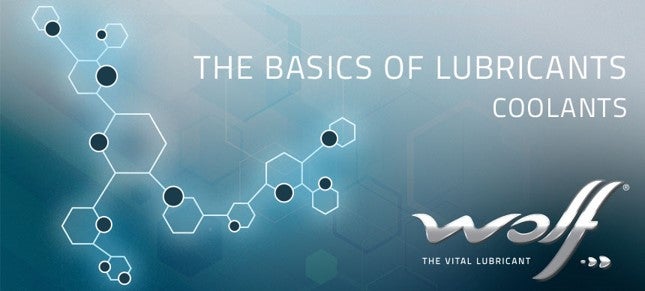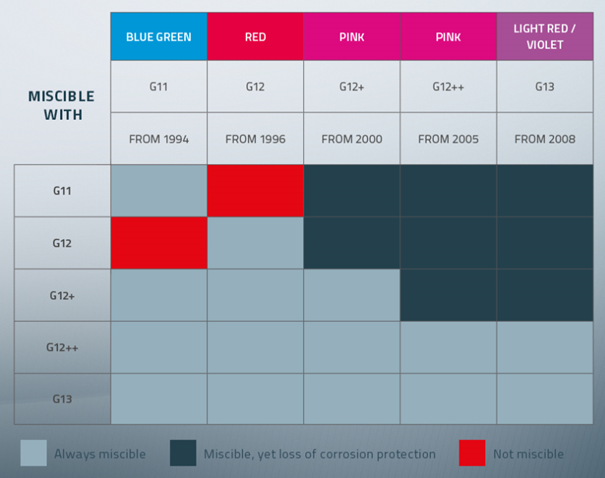The basics of lubricants: Why you need radiator coolant (8/9)

Radiator coolant is another essential fluid for your vehicle's performance. But how does radiator coolant work, exactly? And how can you make sure it keeps working? Read on to find out.
In our series on the basics of lubricants, we've looked at 'core lubricants' such as motor oil and transmission fluids. But cars need other fluids too to function properly. Among them, radiator coolant is one of the most indispensable ones. Here's all you need to know.
What is radiator coolant?
Radiator coolant is a mix of water and antifreeze stored in your vehicle’s radiator. The exact mix varies from engine to engine, but a 50/50 blend is the most common and suffices for most conditions.
How does it work exactly?
Think of how your body uses sweat to cool itself on a hot day: it transfers excess heat to water and then into the outside air. Your engine operates through a similar process. Here's how: a water pump pushes the radiator coolant throughout your engine. The water in this fluid cools the engine’s components as it passes, picking up some of the heat. The hot fluid then returns to the radiator. In the radiator, the passing outside air carries away some of the fluid’s heat. And the coolant is pumped back into the engine for another cycle.

Why is there antifreeze in your radiator coolant?
The antifreeze in the radiator coolant acts as a double safety measure. It prevents the coolant from boiling or freezing even in extreme temperatures.
As noted above, a 50/50 blend is most common, but having a higher ratio of antifreeze to water can both lower the mixture’s freezing point and raise its boiling point to sustain in even more extreme conditions.
What would happen to an engine without radiator coolant?
Things would get grim fast. After all, your car is powered by constantly burning fuel, creating very high temperatures very quickly. Without a cooling system, it doesn’t take long for critical components to fail.
Some authorities even estimate that the majority of all mechanical breakdowns result from failures in the cooling system!
The addition of antifreeze is also vital. Water alone would eventually boil off, causing the engine to rapidly overheat. At the other extreme, a water-only system would also be vulnerable to freezing in the winter, causing the cooling system to malfunction.
What maintenance does a radiator coolant need?
You should have your radiator coolant inspected and changed periodically to protect your cooling system against corrosion. Ethylene glycol—the main component of antifreeze—does not expire, but unfortunately this is not true of anti-corrosion additives.
How often you need to change your coolant will depend on its type. For example, VW G11 coolant needs replacing every 2–3 years, while VW G12+ coolant only needs replacing every 5–6 years. To find out in detail, visit our online product reco tool.
The cooling system’s components also require periodic inspection. The radiator should be checked for rust, which may reduce its ability to transfer heat. The water pump and thermostat are also vital, and their functioning should be checked. Finally, the amount of coolant in the system should be checked to see if it needs topping off.
Can you mix coolants?
Do you plan to change coolants and use a new type? The best approach if you plan to change coolants is simply to 'flush' the previous coolant from your radiator. This is usually done by a mechanic.
Even if that’s not possible, however, you still have options. Some coolant types are miscible (meaning they can be mixed homogeneously), and some are not. Check the table below to see which types you can safely mix. Wolf offers G11, G12+ and G13 specified coolants.
